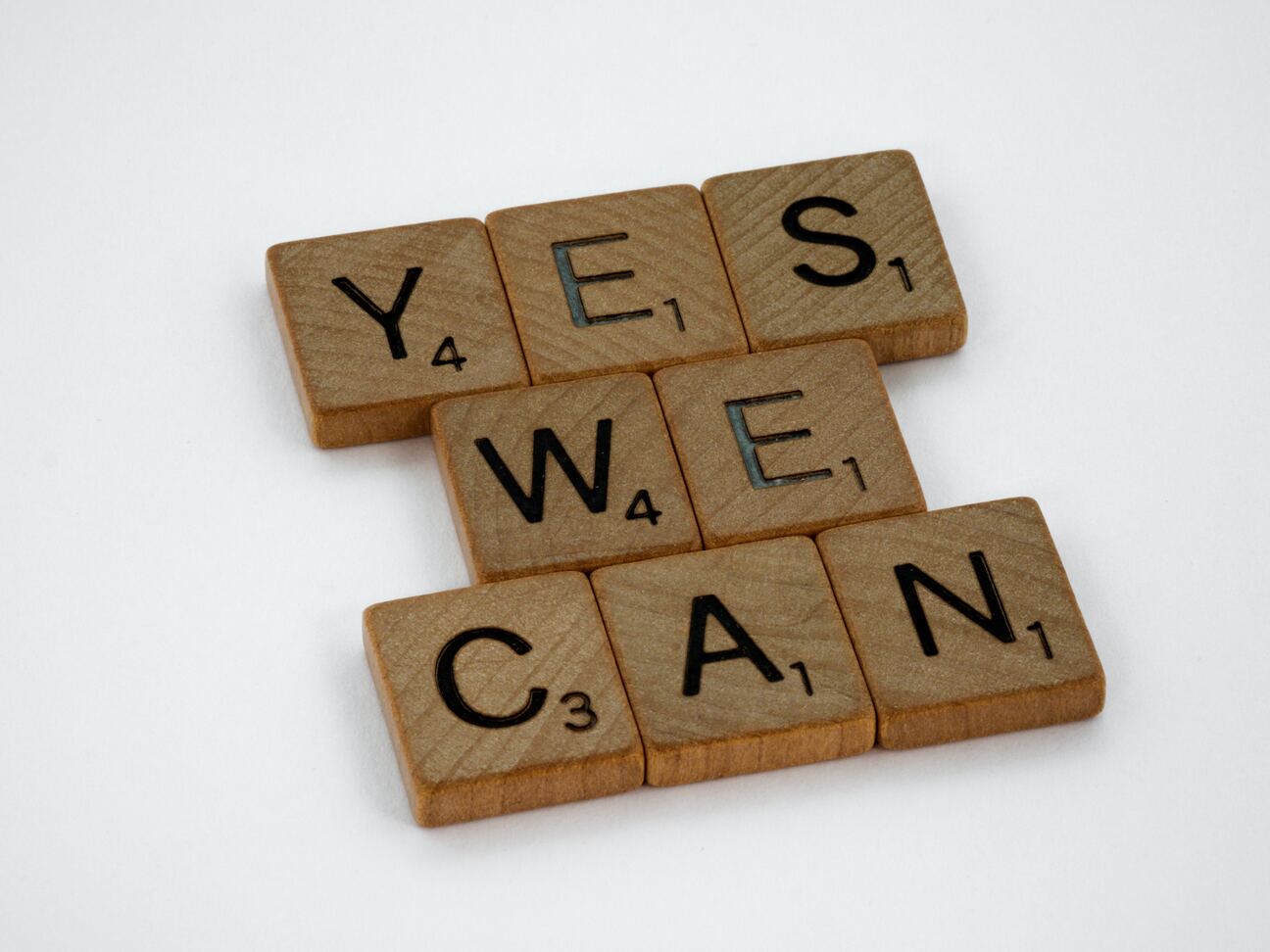Hello, community builders 👋
Planning and strategizing for your community can be a daunting task.
There are so many factors to consider, from the membership criteria to the community campaigns to attract its members.
But don't worry - we've got you covered.
In this guide, we'll introduce you to the basics of community strategy so you can hit the ground running for your community.
Let’s get started.
What is community strategy (and what’s not)?
A community strategy is a guiding system for you to build and manage your community.
It involves understanding what your community wants and needs, and then designing content, events, and other activities that address those needs.
A good community strategy will help you to create a loyal and engaged group of people who can help you to achieve your goals.
Usually, healthy communities review and update their community strategy every three months and make sure to keep their communities engaged.
Also, let’s talk about what community strategy is NOT.
As the internet has become more commonplace, billions of people today use social media to form communities (called groups, servers, channels, etc.).
As a result, people often confuse online community management with social media management, which is false.
While social media is the core part of community management, it doesn’t have to be limited to them. Communities can take the form of a newsletter, a custom platform, or a completely exclusive offline gathering.
Also, a clear difference from other initiatives is that community strategy focuses on facilitating interaction and collaboration between community members, not between you and your audience.
We hope you now have a clear view of what community strategy means; next, let’s talk about why it’s important for many projects today.
Why is community strategy important?

Community management is half art and half science.
You can start and grow your community with only your passion, but strategic thinking could help you go further.
Community strategy is important for a number of reasons but we’ll cover the most obvious two.
First, it helps you to better understand your target audiences (customers, partners, and other stakeholders).
By understanding their needs and wants, you can more effectively tailor your products and services to meet those needs.
(We’ll talk more about community research in the later chapter.)
Additionally, a great community strategy can help build a better community experience, which contributes to better engagement, longer retention, and eventually higher ROI.
(We’ll talk more about community design in the later chapters.)
Community strategy process: Research
In this section, we’ll talk about half of the community strategy equation, which is community research.
Any community strategy starts with community research.
Why? Because to create a thriving community, you need to understand your community better than anyone else. It also means that community research isn't centered around you; instead, it should be around your people. Remember; a community that doesn’t solve their people won’t succeed, without a single exception.
So, understanding your community is absolutely essential.
Community research usually focuses on the following aspects of community members.
- Their contexts and motivations
- Their behaviors and outputs
- Their memberships and relationships
- Your competitions and industries
Community contexts and motivations
To understand community contexts and motivations, we advise conducting surveys and interviews.
The fastest way is directly talking with your audience and having a deeper understanding of their motivations. Once you clearly capture, every strategy you make will make more sense to them.
Community behaviors and outputs
You need to track not only what your community members say but also how they’re behaving. Sanka’s analytics tool is the best suite for this.
It’d be great to have insights into how many people are active and how many are not, what percentage of people get activated after onboarding, and so on. (it’s often called funnel and lifecycle analytics)
If you’re running a community for your business, you also need to understand community ROI to justify the investment.
Community memberships and relationships
Lastly, you need to understand how the memberships are working for your community. "A community for everyone is a community for no one." There has to be some level of membership and you need to clearly define how it works.
You also need to analyze relationships among your community members.
Competitions and Industries
Although you don’t have to pay too much attention to your competitors at first, you at least want to understand what other communities are out there doing similar things.
Because you want to at least be able to explain what’s unique and different about your community from others.
It's also a good idea to start exploring the media and websites they often visit to understand the information they consume.
Once you have a clear picture of your audience, you can start designing your community strategy. Let’s talk more about it in the next section.
Community strategy process: Design

Designing communities well is a critical part of community strategy.
A well-designed community is
- welcoming to new members and encourage them to get involved
- comfortable for existing members to communicate and act together
- easy to understand for outsiders
and these are just a few of the benefits. Now let’s take a deeper look at the scope of community design.
Community design as a whole is a complex topic and hard to master, but there are some basics that all community managers should keep in mind.
Community Guidelines
Before we even start, let’s remind you that you need to keep your members at the center of everything. It’s not about you. It’s about your members. If you stick to this mindset, everything will eventually turn out fine.
The first thing you need to work on during the community design process is creating a community guideline.
There are many different factors to consider when designing a community guideline, such as
- Mission, vision, and goals
- Target audience
- Memberships
- Specific activities and rituals
- Level of interactions
- Content creation, moderation, and distribution
- Limitations
- and so on
But the general rule of thumb is the same. Whenever you set community goals, rituals, and other activities, make sure you loop your members into the process; otherwise, they don’t feel they’re empowered to influence and eventually churn.
A piece of advice on community guidelines is to focus not only on what you do with your community but also on what not to do - which becomes an identity for your community and what makes it unique.
Once your community guideline is set, share it with your members (including potential ones) so that everyone knows what the community is all about and why they should be a part of it.
Membership Lifecycle
Next, you want to design a community member lifecycle.
By designing the lifecycle of community members at each step and giving them a nudge to move to the next stage (except churn), you’ll be able to increase community engagement.
At Sanka, we use the following stages to design the membership lifecycle.
- Aware
- Onboard
- Engage
- Perform
- Lead
- Churn
The goal of this practice is to eliminate confusion as much as possible. When every member of your community has a clear perspective, it functions way better.
Community Channels
Lastly, you need to set up community channels to start your community.
Based on the previous community design processes, you want to create spaces where your community can interact with each other.
For example, if you're aiming to build an online community for like-minded individuals to connect with one another, you might want to consider using a forum or message board platform.
Alternatively, if you're looking to create a more intimate community where members can really get to know one another, a social networking site might be a better option.
Whatever route you decide to go down, again, listen to your community members and make them comfortable being a part of your community and its communication.
wrap-up and next action

As we've covered, community strategy is all about understanding your community and designing how it communicates.
By understanding your members' needs and motivations, you can create a space that meets their needs and fosters a sense of connection and belonging.
By designing your community’s communication, its members feel better connected and engaged.
Now that you know the basics, it's time to put them into action!
Here are some ideas for the next steps.
- If you haven’t done it yet, interview your community members and understand them at a deeper level
- Using insights you gained through interviews, start revising/creating community guideline
- Share the community guideline and get feedback from your community
Hope you’ll create a more engaged community after this practice.








